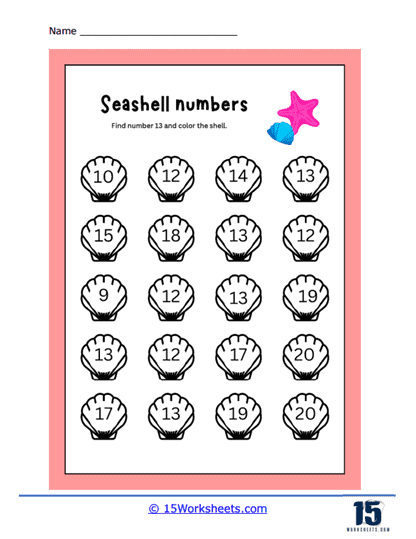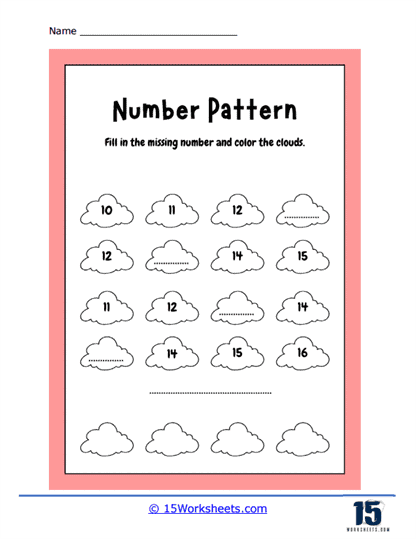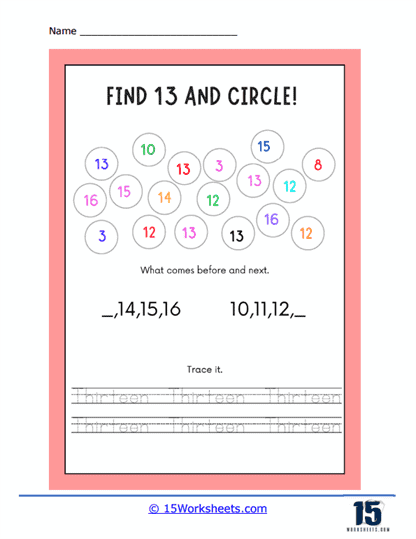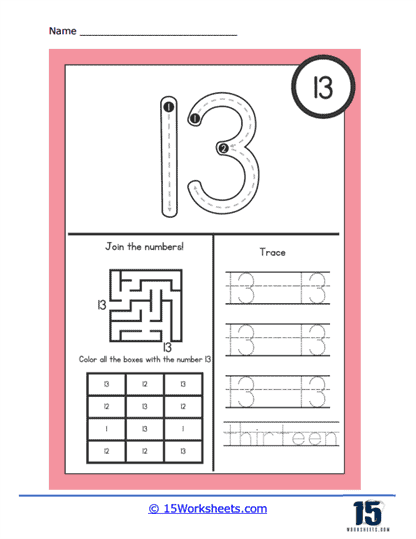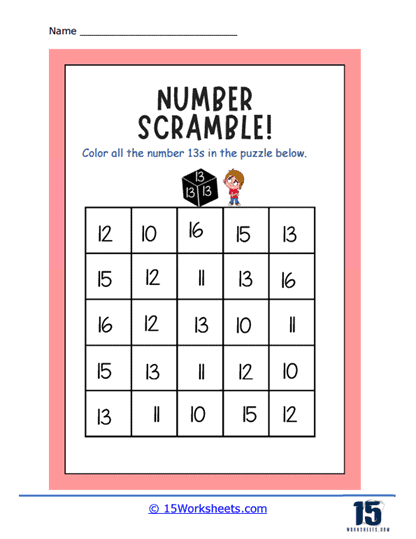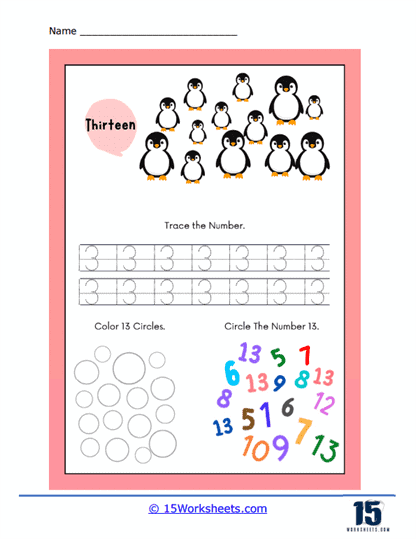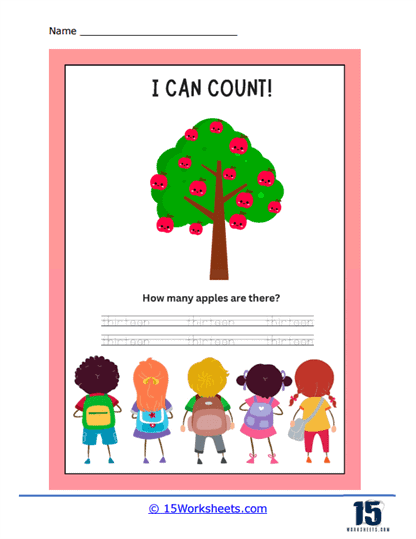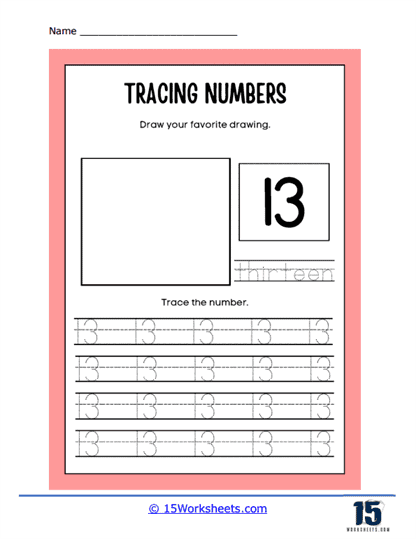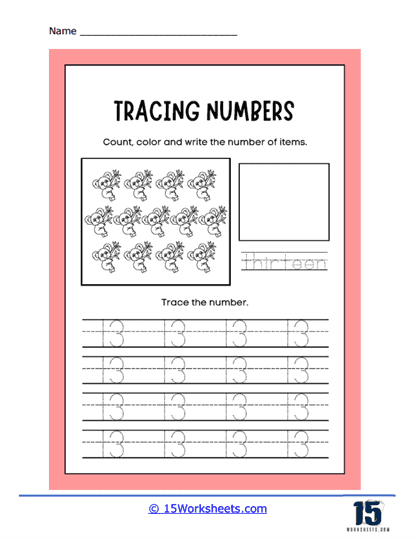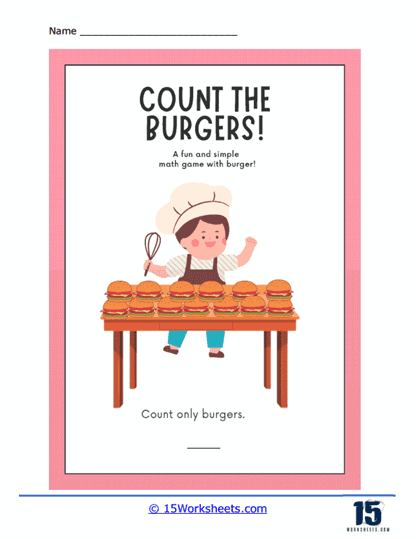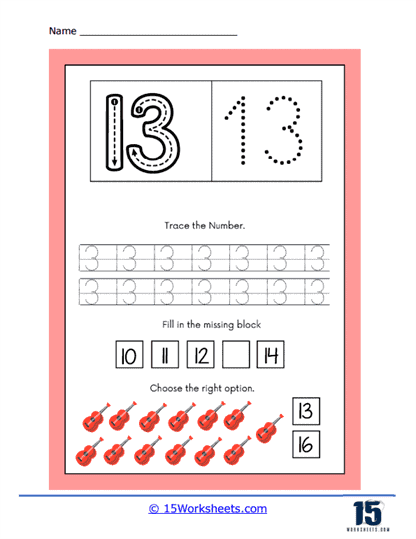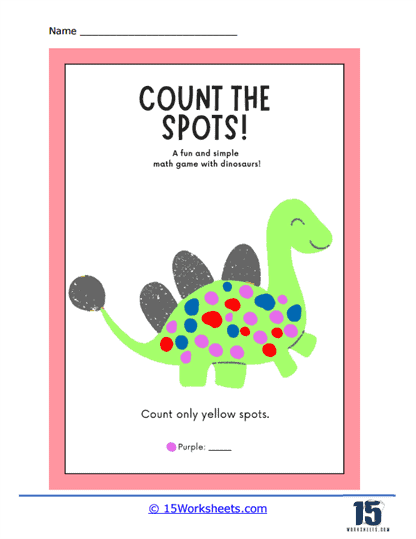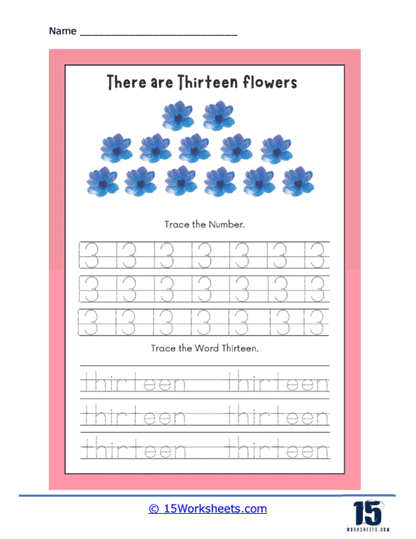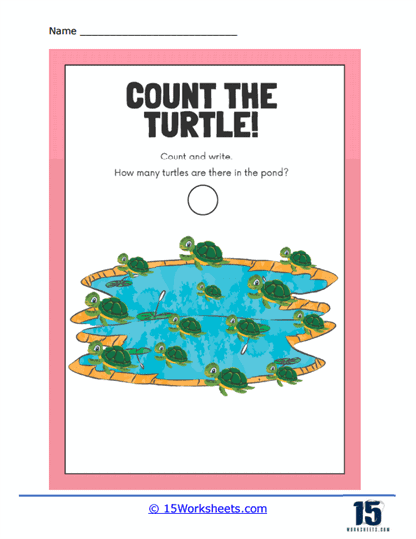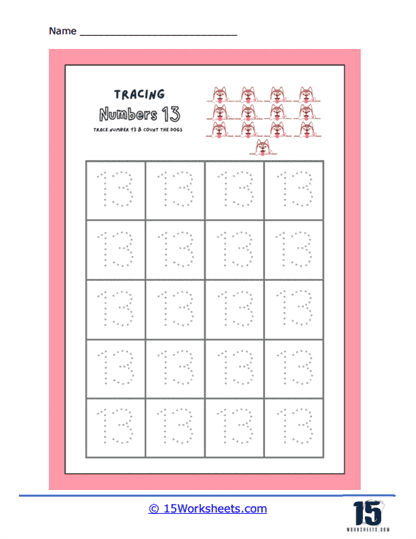Number 13 Worksheets
About These 15 Worksheets
Number 13 worksheets might seem like a simple tool at first glance, but they are far more than a basic resource for teaching numeracy in elementary classrooms. These worksheets serve as a multifaceted approach to learning, providing young students with the opportunity to develop not only their understanding of the number 13 but also broader mathematical concepts that will be foundational to their academic growth. Teachers and tutors can leverage these worksheets to address multiple areas of learning, from cognitive development to problem-solving, making them an invaluable asset in education.
The significance of worksheets focused on the number 13 extends far beyond just teaching students how to recognize or write the number. They can help establish a strong conceptual understanding of the number’s place in the larger context of mathematics. At this stage of learning, students are beginning to encounter numbers that surpass the simplicity of single digits. With 13, a two-digit number, students must not only identify it visually but also comprehend its structure, which introduces them to the critical concept of place value. The ability to recognize that the number 13 is composed of one group of ten and three ones is an essential building block in their numeracy education. Through targeted practice, students begin to build familiarity and comfort with larger numbers, especially as they navigate the often tricky transition from single-digit numbers to the so-called “teen” numbers, which can sometimes confuse young learners.
One of the key components often found in number 13 worksheets is number tracing. This activity is deceptively simple but profoundly effective. By tracing the numeral “13” on dotted lines, children are engaging in an exercise that strengthens both their cognitive and motor skills. The repetition of tracing helps solidify their memory of the number’s form while also enhancing their hand-eye coordination. Over time, this practice translates into improved penmanship and more accurate number formation, both critical skills in their broader educational journey. The act of tracing is also important for developing a child’s spatial awareness, as they learn how to properly size and position the number on paper.
Counting objects is another common element of these worksheets, and it plays a vital role in linking numerical symbols with their corresponding quantities. In these exercises, students might be asked to count a set of 13 objects and circle or color them. This reinforces their understanding that the numeral “13” represents a specific amount. By repeatedly associating the symbol with tangible objects, students deepen their grasp of how numbers relate to the real world. Counting exercises are essential for laying the groundwork for more advanced arithmetic skills, as they train students to see numbers not just as abstract concepts but as representations of real, countable quantities.
Number recognition activities take this process a step further by presenting children with a variety of numbers and asking them to identify and circle the number 13 among other numerals. This helps strengthen their ability to distinguish 13 from other numbers, an important skill as they begin working with increasingly large and complex numbers in future lessons. These recognition exercises also promote quick, confident identification of numbers, a key aspect of fluency in math.
Beyond simple recognition and counting, number 13 worksheets can include opportunities for students to write the number 13 on their own. Some worksheets may offer guidelines, such as dashed lines, to help students practice writing the number independently. This freehand writing is a critical step in transitioning from guided practice to mastery, allowing students to build muscle memory for how to form the numeral accurately. For students still developing their fine motor skills, these exercises provide invaluable practice in controlling their pencil movements, which is not only beneficial for mathematics but also essential for writing letters and words.
Worksheets can also incorporate basic addition and subtraction problems involving the number 13, a feature that encourages students to think mathematically. For example, a worksheet might ask, “What do you add to 7 to get 13?” or “What is the difference between 20 and 13?” These exercises prompt students to engage in critical thinking and problem-solving, two key components of mathematical reasoning. By working through these problems, students learn to see numbers not just as static symbols but as tools that can be manipulated to achieve a desired outcome. These exercises help solidify the number’s numerical value in the context of operations, which will be crucial for their future success in more complex math problems.
A unique feature of these worksheets is their ability to present the number 13 in multiple formats, such as tally marks, dice representations, ten frames, or even the number written out as “thirteen.” This practice, known as number representation, is essential for helping students understand that numbers can be expressed in various ways while still maintaining the same value. Being able to recognize 13 across different representations enhances students’ flexibility in thinking about numbers, which will serve them well as they encounter more abstract mathematical concepts in the future.
Number 13 worksheets are not only tools for reinforcing numeracy but also play an important role in boosting cognitive development. The number 13, being a two-digit number, introduces students to the idea of place value—the understanding that numbers are made up of tens and ones. This cognitive leap is significant, as it lays the foundation for understanding the decimal number system, a core concept in mathematics. When students repeatedly engage with the number 13 through various activities, they sharpen their ability to think in terms of units and groups, a skill that becomes increasingly important as they work with larger numbers.
These worksheets provide an excellent opportunity for individualized learning. Each student learns at their own pace, and worksheets allow for this flexibility. If a student finds the concept of the number 13 particularly challenging, they can spend more time on the worksheet without feeling rushed by the pace of the class. This personalized learning approach ensures that all students have the time they need to truly grasp the material, leading to a more positive and effective learning experience overall.
Number 13 worksheets also contribute to enhancing fine motor skills. Whether it’s through tracing, coloring, or writing, these activities help young students refine their hand movements and pencil control. For early elementary students, developing these motor skills is crucial not only for academic success but also for everyday tasks like tying shoes or using utensils. Worksheets that incorporate fine motor practice can provide dual benefits—strengthening both mathematical understanding and physical coordination.
These worksheets offer a chance for cross-curricular learning. Teachers can creatively integrate number 13 worksheets with other subjects. For example, a history lesson might include a worksheet on the 13 original colonies of the United States, while a science lesson might explore the 13 phases of the moon. By connecting math with other areas of study, teachers can help students see the relevance of numbers in the world around them, fostering a more comprehensive and engaging learning experience.
This collection of worksheets serve as an excellent tool for assessment. Teachers can use these worksheets to gauge a student’s understanding of the number 13, identifying areas of weakness or misunderstanding. This insight allows teachers to provide targeted instruction where it’s needed most, ensuring that all students have a strong grasp of foundational math skills before moving on to more advanced concepts.
Why is Number 13 Considered Unlucky?
The superstition surrounding the number 13 being considered unlucky varies across different cultures and has deep historical roots. Here are some reasons why it’s often associated with misfortune:
Biblical References – One of the earliest instances of the number 13 being considered unlucky comes from Christian tradition. At the Last Supper in the New Testament, there were 13 attendees – Jesus and his 12 apostles. Judas Iscariot, the disciple who betrayed Jesus, is often considered the 13th guest to arrive, thereby linking the number 13 to the event of betrayal and tragedy.
Numerological Imperfection – In numerology, 12 is considered a “complete” number – there are 12 months in a year, 12 signs of the zodiac, 12 tribes of Israel, 12 gods of Olympus, 12 labors of Hercules, and so on. Hence, the number 13, following this ‘perfect’ number, is seen as irregular and is associated with imperfection.
Norse Mythology – Another legend that might have contributed to the negative connotation of the number 13 comes from Norse mythology. According to the myth, the god Loki crashed a party at Valhalla, bringing the total number of attendees to 13. His uninvited presence led to the death of one of the beloved gods, further casting the number 13 in a bad light.
Association with Death – In some cultures, the number 13 is associated with death and the afterlife. This association might be partly due to the fact that some ancient civilizations, like the Egyptians, considered the afterlife as a 13th stage of life.
Unfortunate Events – Over time, a series of unfortunate events linked to the number 13 have reinforced this superstition. For instance, in 1307 on Friday the 13th, many of the Knights Templar were arrested and executed.
It’s important to remember, though, that not all cultures view the number 13 negatively. In some places, like China and Egypt, 13 is considered a lucky number. Similarly, in Jewish tradition, 13 is significant as it is the age at which boys become Bar Mitzvah.
Superstitions like these are often rooted in historical events or cultural beliefs and can vary significantly from one culture or society to another.

